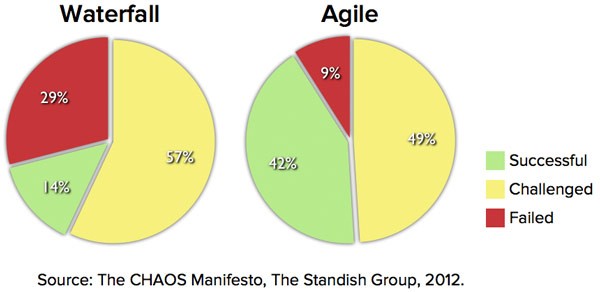Project Prioritization Methodology
Post on: 16 Март, 2015 No Comment

Introduction
Nearly every organization faces the problem of allocating limited capital (and other scarce resources, including people) across projects or other types of investments. Organizations address the capital allocation problem by specifying a (more or less) fixed budget for funding projects within a specified time period (e.g. the upcoming year). Project proponents (individuals or organizational units) propose projects and request corresponding portions of the budget. The budget is typically insufficient to fund all projects. The goal is to select the particular subset (or portfolio) of projects which can be funded within the budget constraint that creates the greatest possible value for the organization.
To support the decision of which projects to fund, most organizations (formally or informally) prioritize proposed projects. Projects determined to have highest priority are selected for funding. Unfunded projects are eliminated or reconsidered for funding in subsequent time periods. The process is frequently contentious and time consuming and results in less than optimal choices.
Prioritizing projects is difficult for many reasons. Evaluating a project often requires detailed technical knowledge. Decision makers may have to rely on the project proponent for information about the need the project addresses and to assess the degree to which the project will satisfy that need. Project proponents may pad their budget requests or exaggerate claims in order to increase the likelihood that they receive adequate funding. Different projects have different costs and benefits, so choosing among them requires difficult apples-versus-oranges comparisons. It may be possible to delay some projects, while delaying others would significantly increase their costs or reduce their effectiveness. Some projects may be more risky than others, potentially making them less attractive. Finally, there may be interdependencies among projects that make strict priorities difficult or impossible to establish. If there are hundreds or even tens of proposed projects, identifying the right project portfolio can be an unmanageable problem.
Fortunately, there are numerous techniques for aiding capital allocation. These techniques fall into several categories, including methods for quantifying project value and risk, methods for motivating unbiased estimates and for holding project proponents accountable, and methods for optimizing the portfolio of selected projects. Provided here is an introduction to some of the tools in the last category mathematical methods for optimally allocating capital across projects. We begin on the next page by describing a mathematical model of the capital allocation problem.














